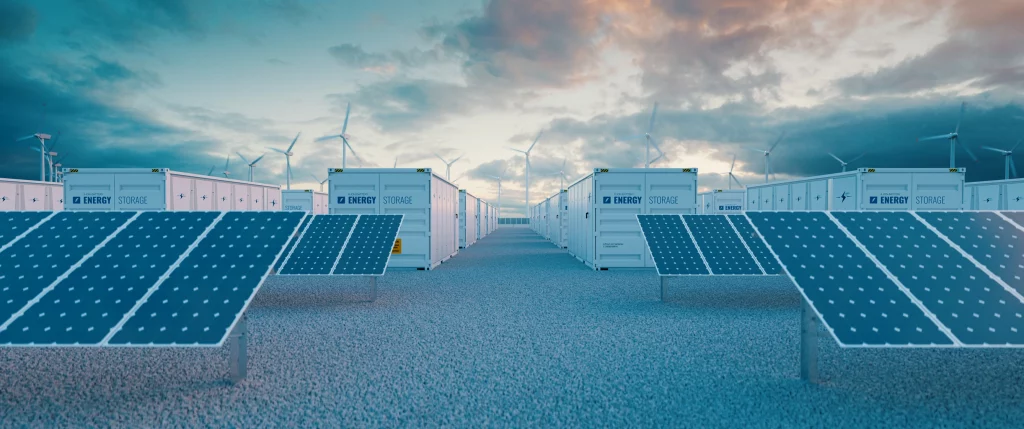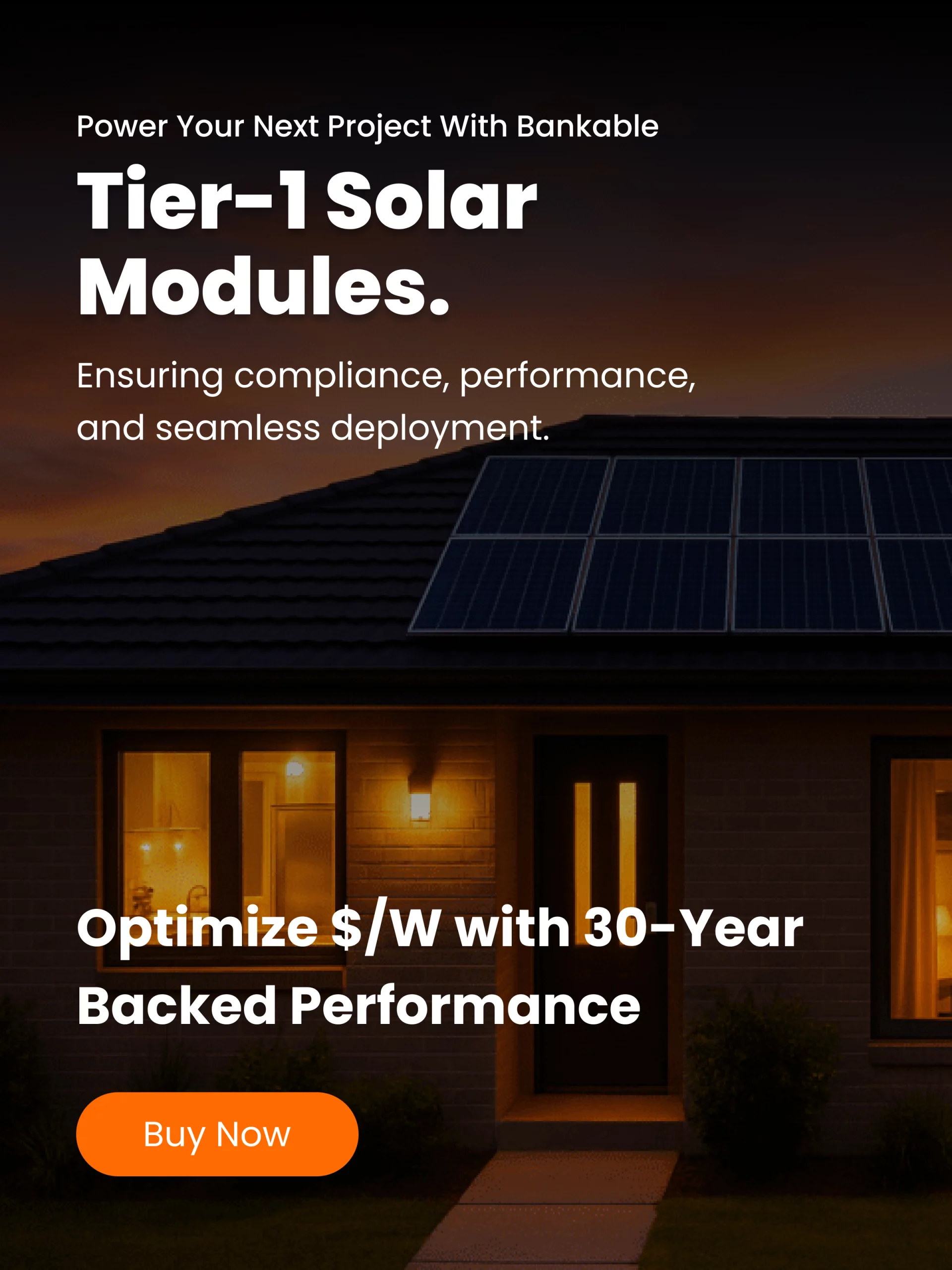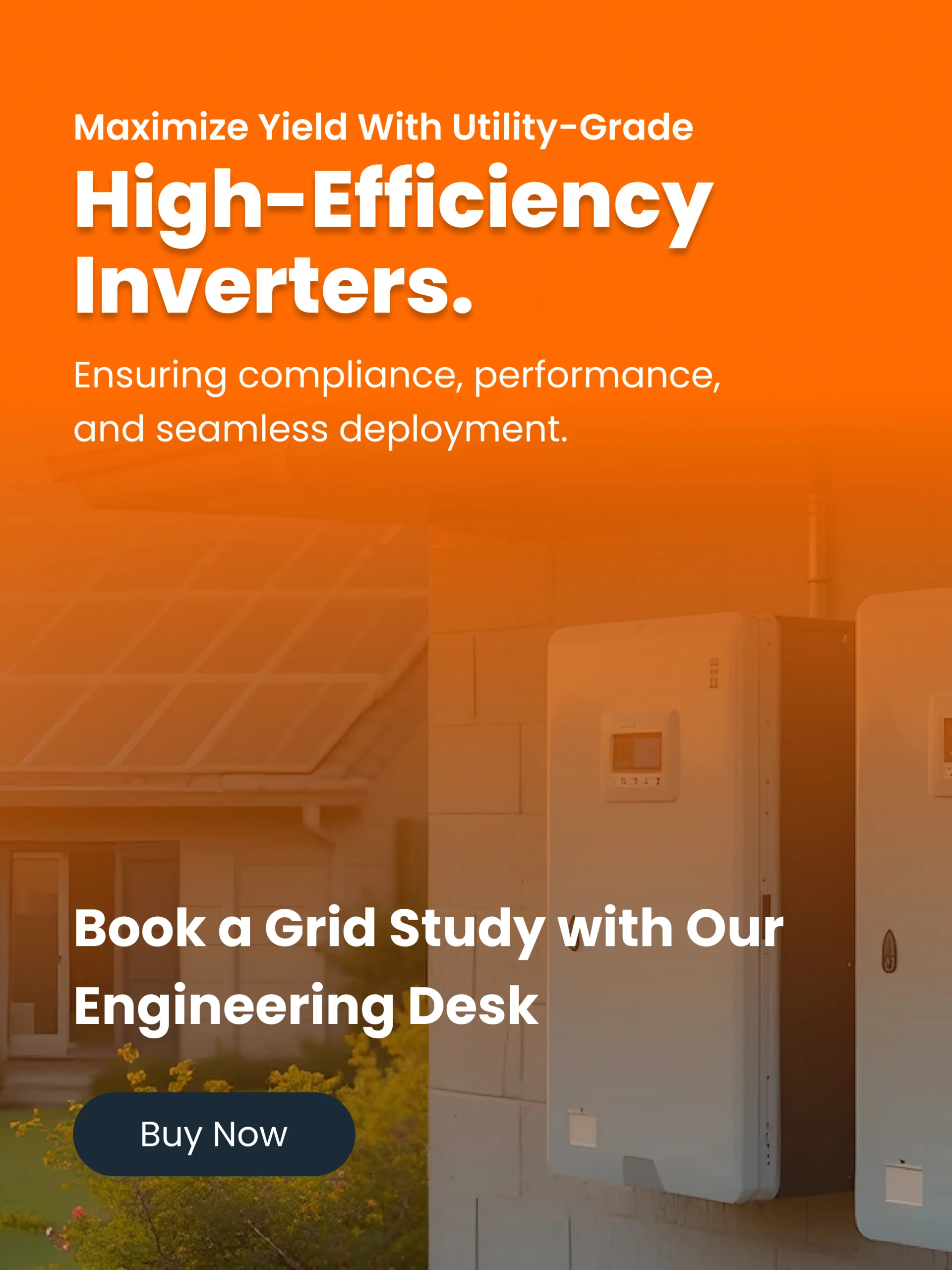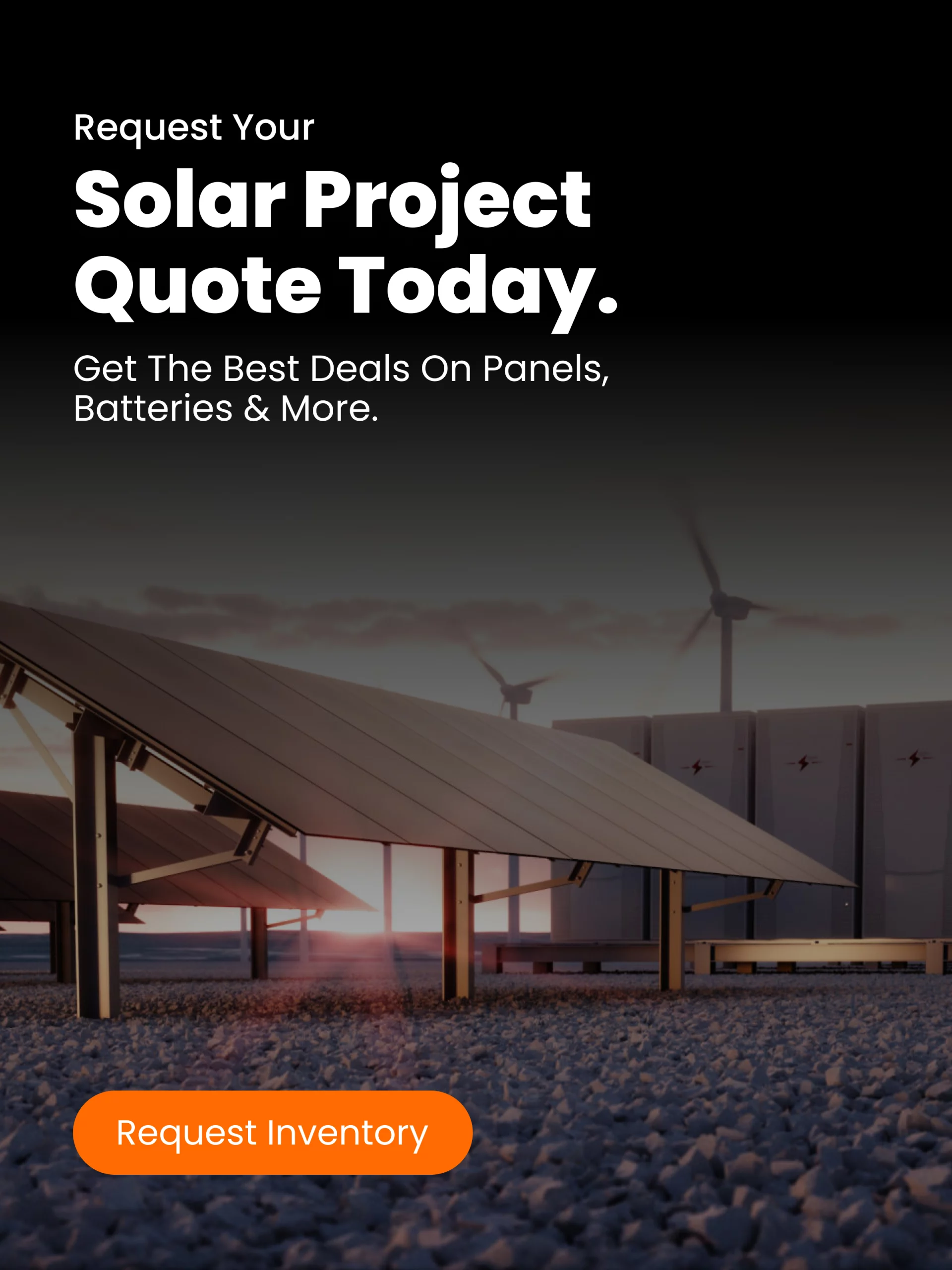When you invest in solar panels, capturing sunlight is only half the challenge. The real power comes when you can store that solar energy for use when the sun isn’t shining. Storage systems turn solar power from a “use it or lose it” resource into a reliable, flexible energy source. Atlas Copco’s guide on solar energy storage lays out the basics of thermal, mechanical, and battery storage, and helps readers understand which method works best. Below, we reframe that information, update it with recent insights, and explain how to design a system that captures sunshine with minimal waste.
Why Storage Matters: Smoothing Out Solar’s Ups and Downs
Solar panels generate electricity when exposed to sunlight, but our electricity demand doesn’t neatly match daylight hours. Sunset, cloudy days, and early mornings all create gaps. That’s where storage comes in, by capturing surplus energy and releasing it when needed.
Storage Helps in Two Key Ways
Time shifting
Capture midday solar output (when generation exceeds demand) and deliver it at night or during low-sun periods.
Grid stabilization and backup
Smooth out short disruptions, voltage swings, or outages. Energy storage acts as a buffer between supply and demand.
The U.S. Department of Energy notes that solar energy storage allows solar generation to contribute even when the sun isn’t shining, helping smooth variations in output. For context, in 2025, utility-scale solar and battery storage are projected to constitute 81% of new generation capacity added to the U.S. grid. This shows how storage is rapidly becoming central to renewables.
Three Main Storage Methods: Thermal, Mechanical, Battery
Thermal Storage
Thermal systems store energy as heat, using materials like molten salts or hot water. Solar heat is absorbed, stored in an insulated tank, and later used to generate electricity (via steam turbines) or directly for heating.
Pros
- Good for large-scale solar thermal power plants
- Can store large amounts of heat energy relatively simply
Cons - Efficiency losses when converting between heat and electricity
- Requires specialized infrastructure such as insulated tanks and turbines
- Not ideal for small or distributed systems
Thermal storage fits best in applications focused on power generation, district heating, or industrial processes.
Mechanical Storage
Mechanical systems convert excess electricity into mechanical energy, then back into electricity when needed.
Common Types
- Flywheels use rotational inertia to store energy briefly
- Pumped hydro elevates water to a reservoir and releases it through turbines when needed
- Compressed air energy storage (CAES) stores energy by compressing air, then releases it to drive turbines
These methods work well in large, infrastructure-friendly settings. However, flywheels store limited energy and pumped hydro requires specific geography such as hills or reservoirs. Mechanical storage performs best where terrain supports it or rapid response is needed but it is less flexible for small or rooftop systems.
Battery Storage (The Modern Favorite)
Battery systems store solar electricity chemically and release it when needed. They are currently the most popular storage approach for solar and storage systems in homes, commercial buildings, and off-grid setups.
Common Battery Chemistries
- Lithium-ion the leading choice for many solar systems. High energy density, long cycle life, lighter weight, and increasingly affordable.
- Lead-acid (flooded, AGM, gel) older and cheaper but with lower usable capacity, more maintenance, and shorter lifespan.
- Nickel-based (NiMH, NiCd) less common in large solar installations but used in niche applications.
Atlas Copco’s systems such as ZBP, ZBC, and ZenergiZe are designed to deliver over 12 hours of power from a single charge in many setups, with capacities from tens to hundreds of kWh. For many users, battery storage offers flexibility, modular design, and compatibility with PV systems, making it the go-to option for residential and commercial solar.
How Long Can Stored Solar Energy Last?
It depends heavily on the storage method and system design. Batteries lose charge over time through self-discharge, and mechanical or thermal systems also experience losses. Atlas Copco notes that batteries can hold a usable charge for up to five days, depending on system design and efficiency. In practice, designers often plan for one to three days of storage buffer. Larger grid systems may buffer longer for weather variability or grid support.
Choosing the Right Operating Mode: Island or Hybrid
Island Mode (Stand-Alone)
In island mode, the storage system (often paired with PV) powers loads independently, without relying on grid or generator input. This mode is ideal for remote sites, events, or installations needing silent, off-grid power. For example, a telecom tower in a remote area using solar panels with battery storage in island mode can function without noise or fuel consumption.
Hybrid Mode (Storage and Generator)
Hybrid storage systems work alongside a generator, whether diesel, gas, or other. The battery handles lower loads, night consumption, and peaks, while the generator operates when demand is high or battery charge is low.
Benefits of Hybrid Mode
- Reduces fuel consumption
- Cuts operational costs and emissions
- Extends generator life by reducing stress and cycling
- Provides resilience if one component fails
Choosing between island or hybrid mode depends on site needs, fuel availability, grid access, and cost considerations.
Combining Storage and Solar: Maximizing Value
To capture full value from solar and storage, follow these principles:
- Size storage appropriately to match load profiles and generation data
- Optimize charging and discharging for time-shifting
- Use smart controls to manage loads and battery health
- Account for degradation and design with margin
- Plan for resiliency with backup or failover modes
Without storage, much of a solar system’s energy potential is wasted when production exceeds demand. Storage enables users to use electricity when it’s needed, not only when the sun shines.
Cost, Maintenance, and Total Cost of Ownership
Energy storage adds cost, but it also unlocks greater value.
Key Considerations
- Batteries and storage systems make up a significant portion of total system cost
- Choose high-quality systems with warranties and modular designs
- Maintenance is typically low for lithium-based systems
- Silent operation and low upkeep reduce long-term expenses
Consider the total cost of ownership which includes the initial cost, maintenance, replacement, fuel savings, and grid savings. Atlas Copco systems now deliver over 12 hours of continuous power from one charge, with newer 120 kVA and 150 kVA models designed for larger site demands.
What’s New and Emerging in 2025
Recent trends are reinforcing the importance of storage:
- The U.S. Energy Information Administration expects 18.2 GW of new battery storage capacity to be added in 2025.
- NREL projects storage will play a vital role in grid resilience as renewable adoption increases.
- Atlas Copco continues to develop modular and scalable systems focused on flexibility, noise reduction, and low maintenance.
Storage is no longer optional; it is now integral to solar energy systems.
Wrapping Up: Making Storage Work for You
Solar panels capture sunshine, but storage makes that energy usable. The right storage approach turns a good solar setup into a dependable one.
Key Takeaways
- Choose battery-based systems for flexibility and modularity
- Decide operating mode (island or hybrid) based on your site needs
- Size storage correctly and include a margin for degradation
- Select quality systems with warranties and support
- Use smart controls for optimized dispatch
- Monitor and maintain system performance over time
Atlas Copco’s guide provides strong foundational knowledge, and modern developments only reinforce storage’s central role. Pairing solar with thoughtful storage unlocks energy independence, resilience, and greater value, day or night, rain or shine.




